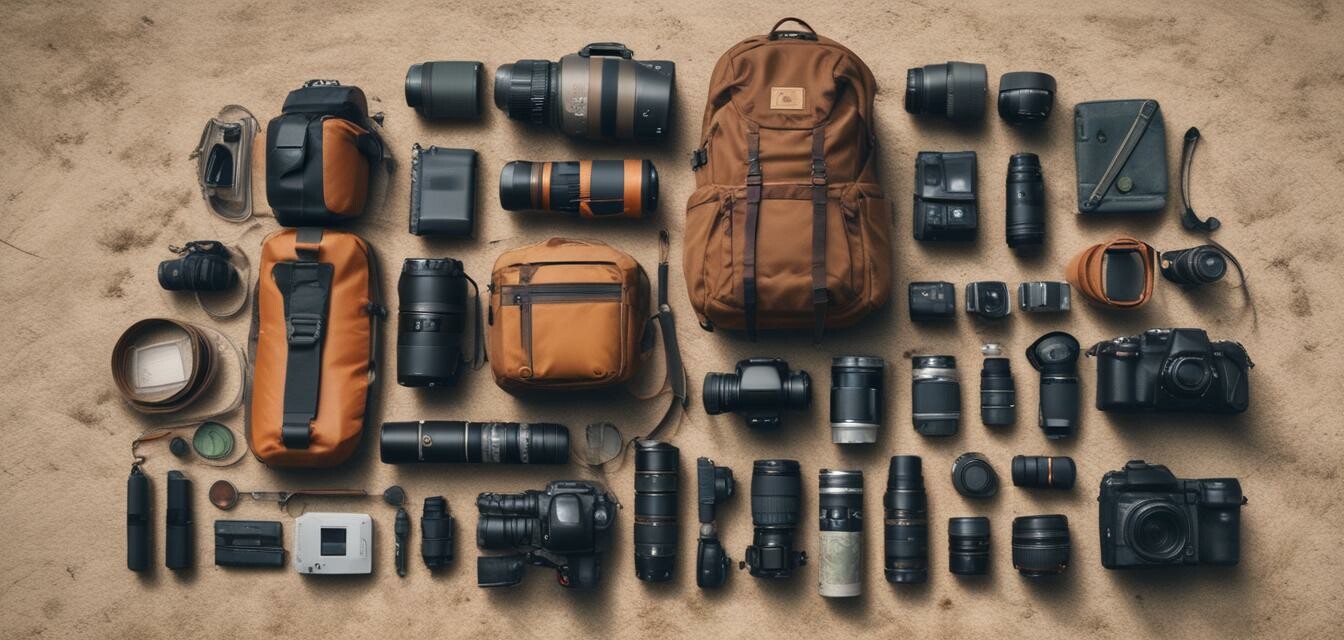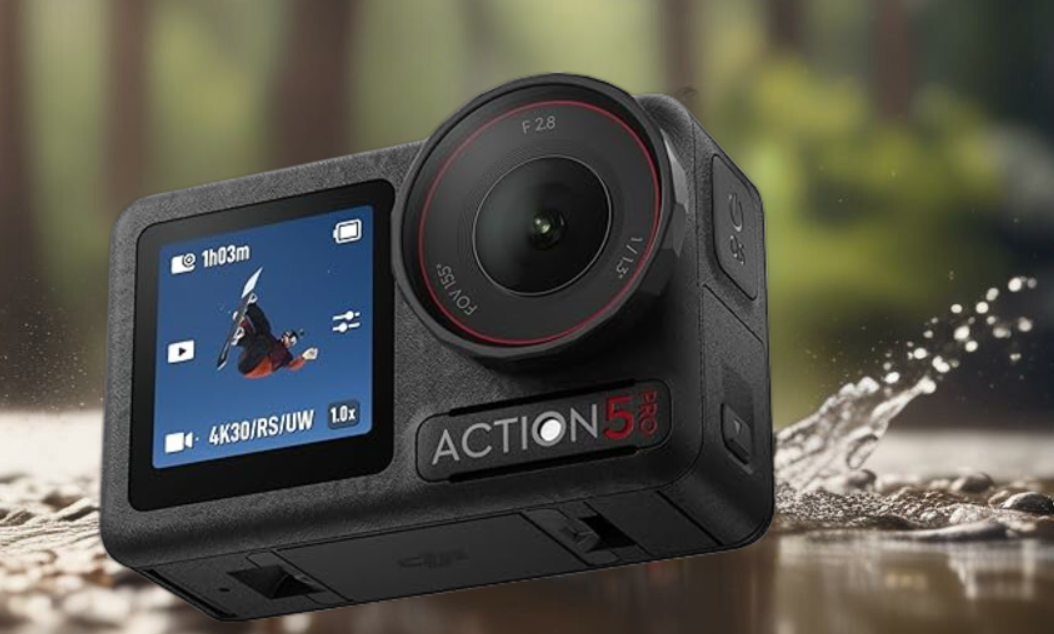
As an Amazon Associate, I earn from any qualifying purchases, at No Extra Cost to You.
Essential Tips for Backpacking with Camera Gear
Key Takeaways
- Choose the best camera bag for backpacking to ensure comfort.
- Prioritize lightweight gear to minimize pack weight.
- Utilize protective gear to keep your camera safe.
- Plan your shots ahead to avoid carrying unnecessary equipment.
- Maintain quick access to your gear for spontaneous photography opportunities.
Backpacking is an exciting way to immerse yourself in nature while capturing stunning moments with your camera. However, effectively packing your camera gear is essential to ensure comfort and accessibility on the trail. In this article, we’ll explore essential tips for backpacking with camera gear, so you can make the most of your outdoor adventures.
Choose the right camera bag
Selecting the right camera bag is critical for your comfort and the safety of your gear. Here are some factors to consider when choosing a camera bag for backpacking:
- Comfort: Look for bags with padded straps and breathable back panels.
- Compatibility: Ensure the bag fits your specific camera equipment.
- Access: Choose a bag that allows for quick access to your camera.
- Weather Resistance: Select waterproof or water-resistant materials for protection against the elements.
Packing efficiently
Packing your camera gear for backpacking requires strategic planning. Follow these tips for efficient packing:
| Tip | Description |
|---|---|
| Use padded dividers | Organize your equipment safely inside the bag to avoid damage. |
| Limit additional lenses | Only bring lenses that you’ll actually use on your trip. |
| Pack spare batteries | Always have extra batteries to ensure you don't miss capturing moments. |
| Consider lens filters | Circular polarizers or ND filters can enhance your outdoor photography. |
Protecting your camera gear
Your camera gear is an investment, and it’s important to protect it while on the trail. Here are a few tips for safeguarding your equipment:
- Use a rain cover: Protect your gear from sudden rain showers.
- Keep it in a padded section: Make sure your gear has adequate padding within the bag.
- Store your camera properly: Avoid exposing your camera for extended periods by storing it when not in use.
Plan your shots ahead
One of the best ways to ensure you have the right gear without overpacking is to plan your shots ahead of time. Here are some strategies to help:
- Research locations: Know the best spots for photography at your destination.
- Scout the area: Familiarize yourself with your hiking route for potential shooting opportunities.
- Make a checklist: Write down the essential shots you want to capture.
Maintain quick access to gear
During your backpacking adventure, quick access to your camera gear is vital for capturing spontaneous moments. Consider these tips for easy accessibility:
- Choose an accessible pocket: Store your camera in easily reachable compartments.
- Consider a camera harness: A harness can keep your camera close and accessible.
- Practice quick draw: Get familiar with how quickly you can pull out your camera for a shot.
Conclusion
Backpacking with camera gear may seem daunting, but with the right preparation and planning, you can create an unforgettable photographic experience in the great outdoors. Prioritize comfort and safety while making sure your camera is readily available for those breathtaking moments. If you are looking for more information on essential gear for your next journey, check out our other buying guides that cover everything from backpacks to cooking gear. Enjoy the journey and keep capturing those incredible sights!
Beginner tips for backpacking with camera gear
- Start with the basics and work your way up as you gain experience.
- Consider a lightweight camera or smartphone if you’re just starting out.
- Don’t forget to enjoy the environment, not just through your camera lens.
Pros
- High-quality images in beautiful natural settings.
- Memorable experiences captured for sharing.
- Opportunity to improve photography skills on the go.
Cons
- Increased weight when packing camera gear.
- Risk of damaging equipment with exposure to the elements.
- May require additional time for setup during hikes.
